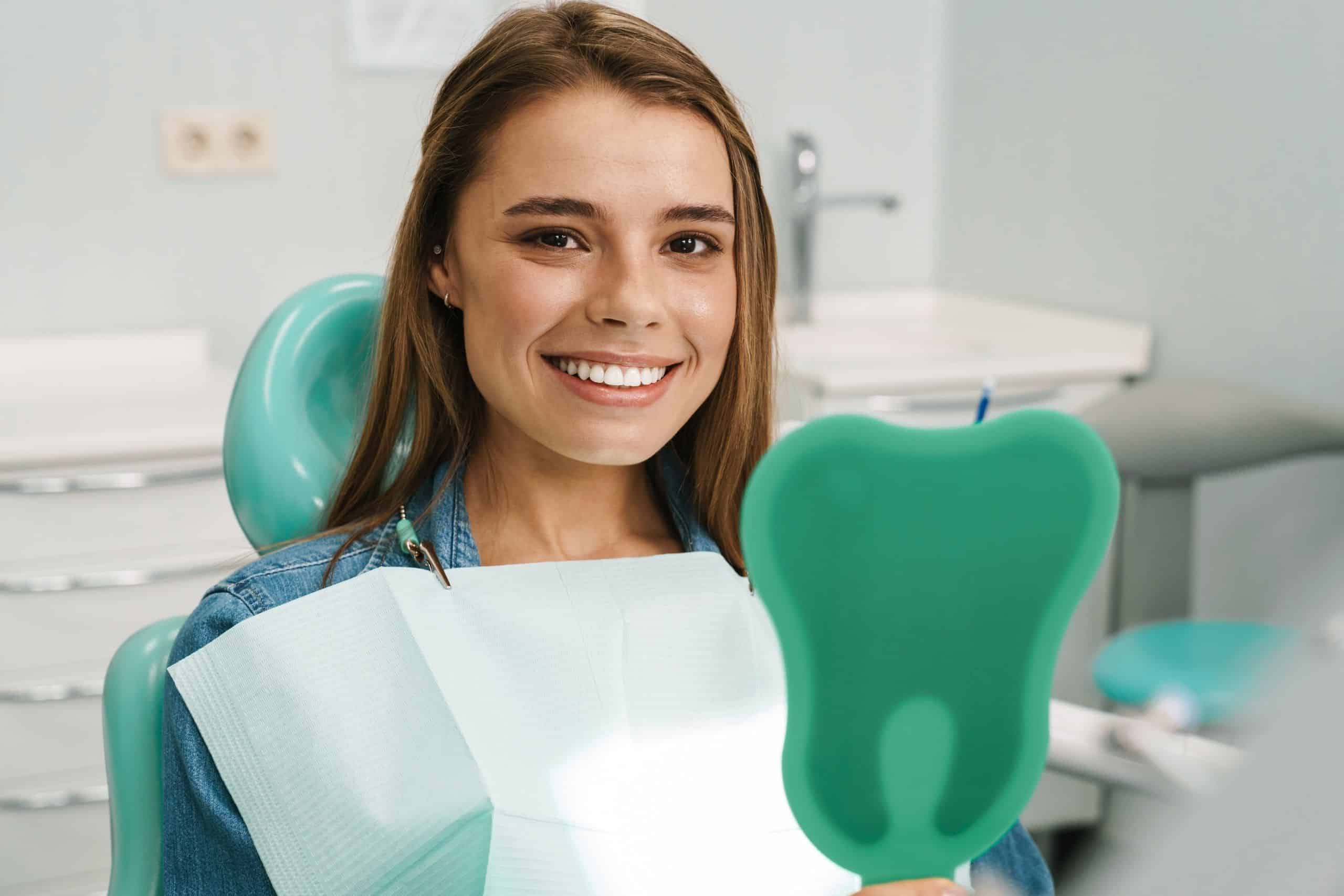Eyebrows are one of the most expressive features of the face. They frame the eyes, enhance overall symmetry, and contribute significantly to facial beauty and emotion. However, many people struggle with thin, patchy, or uneven eyebrows due to genetics, aging, over-plucking, medical conditions, or trauma. A hair transplant for eyebrows is an advanced solution that provides long-lasting, natural-looking fullness. This comprehensive guide explains everything you need to know about the procedure, benefits, healing process, and expected results.
Understanding Eyebrow Hair Transplantation
What Is a Hair Transplant for Eyebrows?
A hair transplant for eyebrows is a minimally invasive cosmetic procedure that relocates healthy hair follicles—usually from the back of the scalp—to the eyebrow region. These transplanted hairs grow naturally over time, creating fuller, thicker, and more defined brows. Unlike makeup, microblading, or brow tinting, the results are permanent.
Why Eyebrows Become Thin
Eyebrow hair loss occur for many reasons, such as:
- Excessive tweezing
- Hormonal changes
- Medical conditions
- Scars or injuries
- Genetics or natural aging
For individuals wanting natural, permanent enhancement, a hair transplant for eyebrows offers an effective and reliable solution.
Who Is an Ideal Candidate?
Suitable Candidates Include:
- People with naturally sparse or thin eyebrows
- Individuals who have lost brow hair due to over-plucking or waxing
- Patients with trauma-related brow hair loss
- Those with asymmetrical eyebrows seeking correction
- Anyone wanting a long-term alternative to microblading
Conditions That May Limit Eligibility
A few medical conditions, such as active autoimmune disorders, may affect candidacy. A consultation helps determine whether a hair transplant for eyebrows is suitable and safe for your needs.
How the Eyebrow Transplant Procedure Works
Consultation and Brow Design
The transformation begins with a detailed consultation. During this stage, the specialist studies your facial structure and symmetry to design a brow shape that complements your features. The design is personalized, outlining arch height, brow length, and density.
Donor Hair Extraction
Most eyebrow transplants use the FUE method (Follicular Unit Extraction). This involved removing individual hair follicles from a donor area—typically behind the ear or the back of the scalp. FUE ensures minimal scarring and quick recovery, making it ideal for delicate eyebrow work.
Preparing the Recipient Area
Tiny, precise incisions are made in the eyebrow region. The angles and directions of these incisions are extremely important because eyebrow hairs must lie flat against the skin to look natural. Proper planning ensures that the final outcome mimics natural brow growth patterns.
Implantation of Hair Follicles
Each harvested follicle is implanted one by one into the prepared incisions. This step requires artistic skill and attention to detail. The strategic placement of hairs ensures natural-looking texture and fullness.
Post-Procedure Care
After the transplant, the area may appear slightly red or swollen. Patients receive instructions on cleansing, healing, and managing early shedding. Many people resume normal activities within 24 to 48 hours.
Recovery Timeline After Hair Transplant for Eyebrows
Days 1–3
Mild redness and swelling around the transplanted area are normal as the skin begins to heal.
Days 4–7
Small scabs form around each graft. These should not be picked or rubbed to avoid disrupting the follicles.
Weeks 2–3
A normal stage called shedding occurs. Transplanted hairs fall out, but the follicles remain in place and will regrow new hair.
Months 3–4
Fine new eyebrow hairs begin to appear.
Months 6–12
Full results become visible. Eyebrows appear fuller, thicker, and naturally shaped.
Benefits of Eyebrow Hair Transplantation
1. Permanent Results
Unlike microblading, which fades over time, a hair transplant for eyebrows provides lasting results because real hair follicles are implanted.
2. Natural Appearance
The transplanted hairs look and feel natural since they come from your own scalp.
3. Customized Brow Shape
You can achieve the exact brow shape you desire—whether it’s soft, bold, arched, or feathered.
4. Minimal Maintenance
Once healed, transplanted eyebrow hairs require little upkeep aside from occasional trimming.
5. Boost in Confidence
Fuller brows significantly enhance facial harmony and improve self-esteem.
Cost Factors of Eyebrow Transplantation
What Affects the Price?
The cost depends on:
- Number of grafts needed
- Desired eyebrow shape and density
- Surgeon’s expertise
- Clinic location
- Additional care or technology used
Although the procedure can be more of an investment compared to alternatives, patients appreciate the lasting, natural results.
What Results Can You Expect?
Natural Growth and Density
The transplanted hairs grow just like natural eyebrows. Over time, the brows become thicker, softer, and well-blended with existing hairs.
Possibility of Occasional Trimming
Since scalp hairs grow faster than eyebrow hairs, trimming may be needed once every few weeks.
Long-Term Satisfaction
Most patients enjoy long-lasting results with improved facial harmony and enhanced confidence.
Conclusion
A hair transplant for eyebrows is a powerful and permanent solution for individuals who want fuller, naturally shaped brows. Through techniques such as FUE, careful brow design, and strategic follicle placement, patients can achieve results that look seamless and complement their facial features. This procedure is ideal for anyone struggling with thinning brows, asymmetry, scars, over-plucking, or natural hair loss. With proper care, the results are long-lasting, low-maintenance, and life-changing. For individuals seeking expert-level precision and natural results, Palm Desert at Beverly Hills Hair Restoration provides trusted eyebrow restoration solutions.
ticle.


